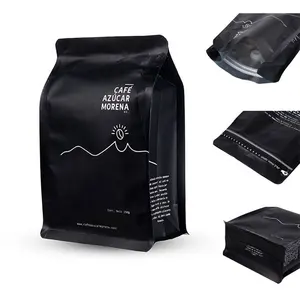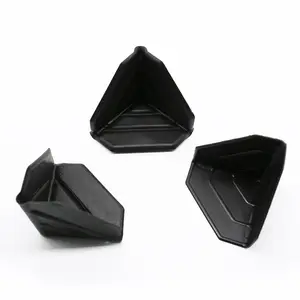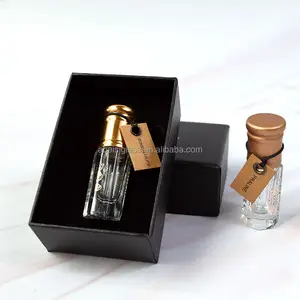Popular in your industry








































































Related Searches:


































































































































 Ready to Ship
Ready to Ship











Top categories
About plastic barrel for water
A plastic barrel for water is an indispensable storage option for a myriad of uses, spanning industrial, agricultural, and residential applications. These barrels are engineered to contain water and various liquids, providing a reliable and secure means of storage. The plastic water drum transcends its role as a mere receptacle, becoming an integral component in the strategies for water conservation, transport, and storage across a multitude of sectors.
Types and Characteristics of Plastic Water Barrels
The assortment of plastic barrels for water encompasses a variety of designs, each tailored to meet specific requirements. The 200 ltr water drum is commonly employed for substantial water reserves in industrial contexts. A 100 litre water drum is more suited to household use, striking a balance between capacity and ease of handling. For long-term reserves, the 55 gallon water storage drum is optimal, often utilized in emergency water supply frameworks. Conversely, the 30 gallon water barrels offer portability, ideal for outdoor pursuits such as camping or horticulture. Each variant is conceived with particular storage conditions in mind, ensuring a suitable plastic water drum for every conceivable scenario.
Structure and Operation of Plastic Water Drums
The architecture of a plastic drum water container is a testament to durability and practicality. A standard drum comprises a cylindrical body, a lid, and occasionally a spigot for convenient dispensation. The cylindrical shape affords structural strength and resilience against external forces. Lids are typically of the screw-top variety, guaranteeing hermetic and leak-proof containment. Certain models boast a UV-resistant layer to shield the contents from solar degradation, thus preserving water quality. The provision of a spigot or tap at the drum's base facilitates a regulated outflow, an advantageous feature when the drum functions as a dispenser.
Materials and Properties
The selection of materials for plastic barrels for water hinges on their longevity, safety, and ecological considerations. Polyethylene (PE) and linear low-density polyethylene (LLDPE) are favored for their sturdiness and pliability, offering resistance to fissures and seepage even under duress. The incorporation of 304 stainless steel provides a non-reactive surface, particularly suitable for potable water storage. These material choices underscore a commitment to safety and environmental stewardship, as they are recyclable and possess a minimal ecological footprint when disposed of responsibly.
Business Usages and Applications
Within the commercial sphere, plastic water drums are vital. They are central to supply chains, especially in the food and beverage sector, where they facilitate the storage and transit of copious amounts of water and liquid ingredients. In the agricultural industry, they are instrumental for irrigation and the containment of fertilizers and pesticides. The construction sector relies on these drums for the amalgamation and storage of materials. The versatility of these drums to meet varied business demands renders them invaluable, enhancing operational efficacy and cost-efficiency.
Functions and Tasks
The principal role of a plastic drum for water storage is to maintain liquids securely for prolonged durations without risk of contamination. They are designed for stackability, optimizing space usage, and are sufficiently robust to withstand the demands of transit. Certain drums are crafted to be collapsible, which proves especially beneficial for temporary water storage needs in remote locales or during humanitarian efforts.
Distinctive Features and Capabilities
Among the distinctive attributes of water barrel plastic containers is their tenacity. Many are constructed to endure high-impact environments, a critical consideration in industrial applications. The assortment of sizes and capacities caters to both modest and extensive storage requirements. The implementation of color coding, notably the use of blue to denote drinkable water, is a straightforward yet efficacious method for swift content identification.
Benefits and Positive Outcomes
The advantages of employing a plastic water drum are numerous. They offer an economical approach to water storage, diminish contamination risks, and boast ease of transport. For enterprises, this equates to lowered overheads and augmented operational efficiency. For individuals, it signifies access to a dependable and secure water source, applicable in various contexts, from domestic gardening to emergency preparedness kits.
How to Use and Operate Effectively
To operate a plastic barrel for water effectively, one must be cognizant of its capacity and utilize it within its designed parameters. For dispensing, ensure the drum is on a stable platform and employ the spigot or pump judiciously to prevent spillage. For storage, position the drum in a cool, shaded locale to maintain water quality.
Choosing the Right Model
Choosing the appropriate water drum 200 ltr or other capacity is contingent on the intended application. For personal use, factors such as transportability and dimensions are paramount, whereas for commercial use, capacity and durability may be more critical. Additionally, it is vital to consider the compatibility of the drum's material with the liquid intended for storage.
Cleaning and Maintenance Guidelines
Maintaining a water storage drum 100 ltr involves cleansing with a gentle detergent and tepid water, followed by comprehensive drying to avert microbial proliferation. Periodic inspections for fissures or leaks are essential to uphold the drum's integrity.
Installation and Setup
Installation of a plastic water drum is a straightforward affair. It should be positioned on an even, stable surface, and if equipped with a tap or spigot, this should be installed as per the manufacturer's guidelines. For larger drums, the use of a dolly or forklift may be necessary for placement.
Target Audience and Meeting Needs
The intended market for plastic drums for water storage is broad, encompassing both industrial entities and private individuals. For the former, the drums fulfill the requirement for robust, high-capacity containers. For the latter, they provide a trustworthy water storage solution for an array of uses, from horticulture to emergency readiness.
Is the plastic barrel safe for storing drinking water?
Indeed, when constructed from food-grade materials, a plastic barrel for water is deemed safe for the storage of drinking water. It is crucial to verify that the barrel has not been previously utilized for storing hazardous substances and is thoroughly sanitized prior to initial use.
Can these barrels be used for other liquids besides water?
Certainly, plastic water drums are apt for storing a diverse range of liquids, assuming the drum's material is compatible with the specific liquid. It is imperative to consult the manufacturer's guidelines for chemical compatibility.
What are the best practices for recycling plastic water barrels?
Recycling plastic drums for water storage should adhere to local recycling protocols. Barrels ought to be purged and devoid of any remnants. Repurposing these barrels for alternative applications, such as rainwater harvesting or as planters, is also advantageous, prolonging their utility prior to recycling.








































